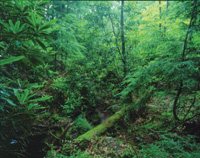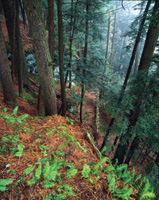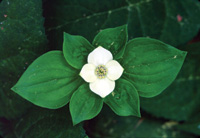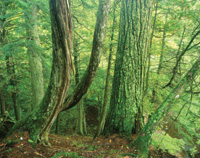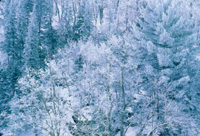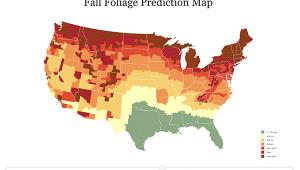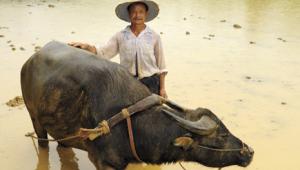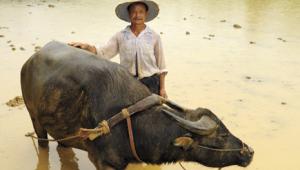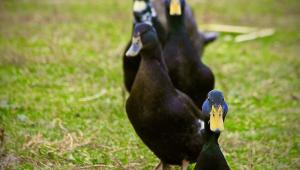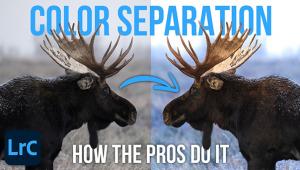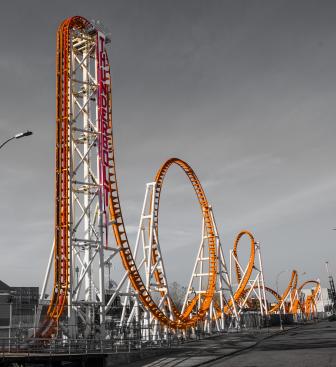Old GROwth FORests Of The East
Abundant Photo Ops Await In Hard-To-Find Places
As I slipped and fell helplessly to the ground for the 102nd time that afternoon (give or take a fall or two), I decided not to get up again. Despite the fact we were still a good half-mile from the trail leading out of the forest, frustration from the extreme terrain made me want to stay exactly where I was. "That's exactly how these trees escaped logging. They're simply too hard to get to," Jess explained as he helped me back to my feet--again. Jess has spent a lot of time in the north Georgia mountains and particularly Chattahoochee National Forest looking for the overlooked forests that have escaped logging and other disturbances to remain today as old growth forests. As he guided me to several different tracts of newly discovered old growth forest, I couldn't help but be awed, both by the forest and the abundant photo opportunities. |
|||
WheRe TO Find Them |
|||
HOw Did They SuRvive? |
|||
DiveRsity Reigns PhOtO OPPORtunities
And TiPs |
|||
Lighting Challenges |
|||
Rainy days are good days to
photograph in the forest. The color of leaves and flowers become more
saturated when wet and at the same time trunks and rocks become darker.
This is often a wonderful combination. A polarizing filter is a necessity
on rainy days. If it's raining hard enough it will look like fog
on film (and you'll be guaranteed of having the forest to yourself)! |
|||
FOcal Length ChOices
And ShutteR SPeed Finding YOuR SPOts Unless noted otherwise, all photos were taken on Fujichrome Velvia using a Gitzo tripod. |
- Log in or register to post comments
